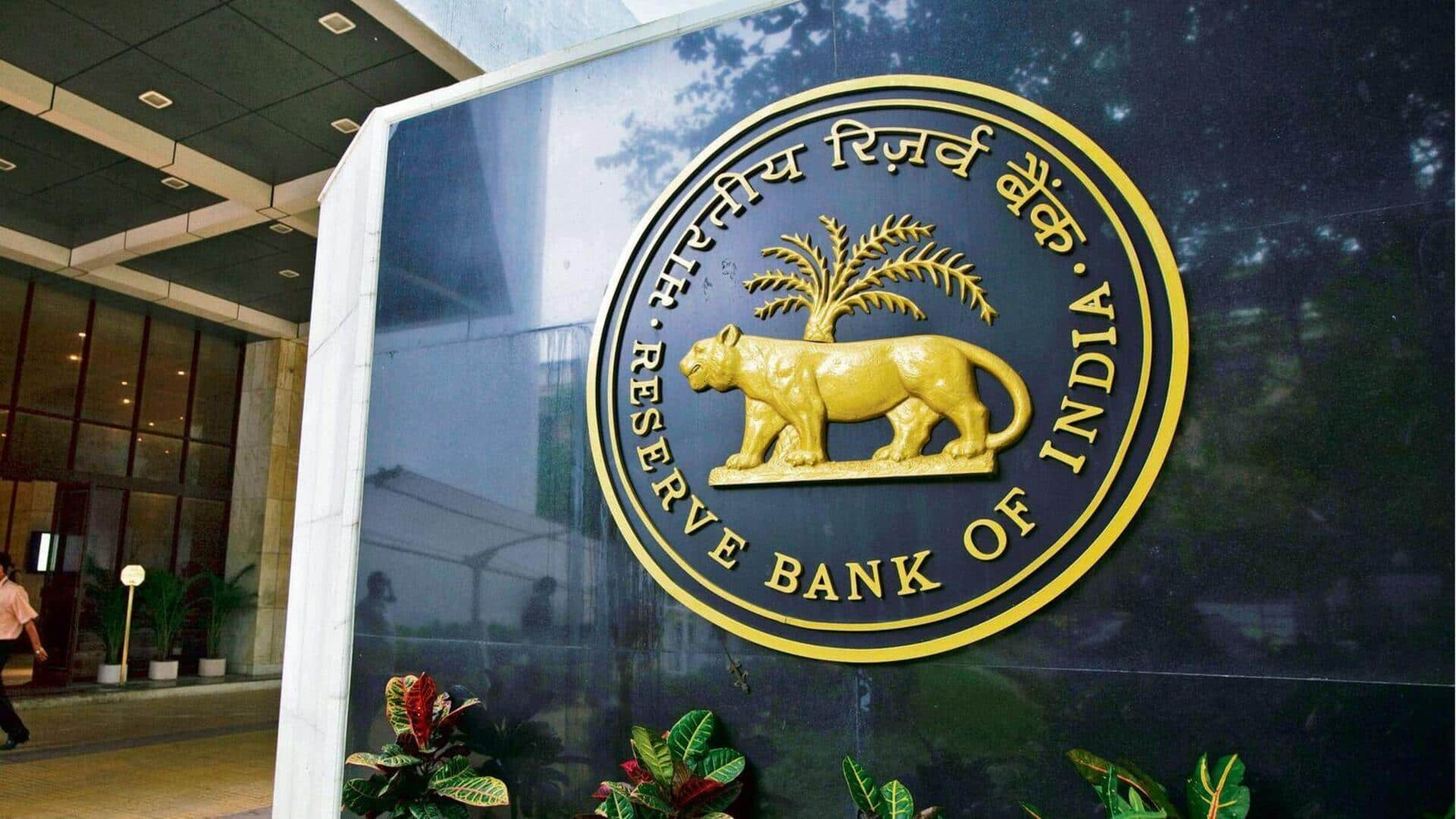
RBI announces phased discontinuation of incremental cash reserve ratio
What's the story
The Reserve Bank of India (RBI) has announced plans to phase out the incremental cash reserve ratio (I-CRR) in a bid to maintain financial and price stability. "On a review, it has been decided to discontinue the I-CRR in a phased manner," stated the central bank in a press release. The phased release of I-CRR will commence in India on September 9.
Information
What is I-CRR?
I-CRR, much like CRR, requires banks to allocate a specific portion of their funds to the RBI. These reserves do not yield any interest. However, the key distinction is that I-CRR mandates banks to set aside an extra 10% of their net demand and time liabilities (NDTL) accumulated specifically between May 19 and July 28.
Details
Why was I-CRR introduced?
The I-CRR was introduced by the RBI to address the liquidity overhang caused by the withdrawal of the Rs. 2,000 currency note. Banks were required to maintain a 10% I-CRR from August 12. RBI Governor Shaktikanta Das highlighted that the central bank views the imposition of I-CRR as a necessary measure to promote financial and price stability. He assured that banks would maintain sufficient liquidity to support their lending activities.
Insights
88% of Rs. 2,000 notes back in the banking system
On May 19, the RBI announced the withdrawal of the Rs. 2,000 note, allowing people to exchange or deposit it. Then, on August 1, the central bank revealed that Rs. 3.14 lakh crore worth of these Rs. 2,000 notes, which accounted for 88% of the total in circulation, had been brought back into the banking system by July 31.
What Next?
Staged release to prevent market shocks
The central bank has decided to release the amounts impounded under the I-CRR in stages to ensure that system liquidity is not subjected to sudden shocks and that money markets function in an orderly manner. The phased release of I-CRR will begin with 25% on September 9, followed by another 25% on September 23, and the remaining 50% on October 7, 2023.